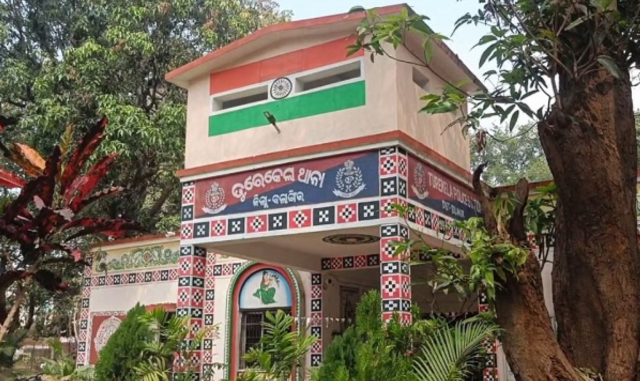A 9-year-old girl lost her life in an improvised explosive device (IED) explosion while collecting leaves with villagers in dense Saranda forest on the Odisha-Jharkhand border area.
The blast, suspected to be planted by Maoist rebels, highlights the persistent threat to civilian lives in the border regions of Odisha and Jharkhand.
The victim, identified as Shiriya Herenj, was a third-grade student at Digha School in Digha village, under the jurisdiction of Jareikela police station in West Singhbhum district, Jharkhand. On the day of the incident, Shiriya accompanied fellow villagers into the Saranda forest to gather Siali leaves.
According to reports, the group was foraging when Shiriya inadvertently triggered a hidden IED. The explosion was powerful enough to cause fatal injuries, leading to her death at the scene. Villagers, in a state of shock, carried her bloodied body back to the village. From there, with assistance from locals, her remains were transported to the Chakradharpur Subdivisional Hospital for a post-mortem examination.
The Saranda forest, straddling the Odisha-Jharkhand border, has long been a hotbed of Maoist activity, with rebels using the rugged terrain to evade security forces. Despite intensified search operations by joint teams from both states, including Odisha Police and armed forces patrolling the borders, Maoist groups continue to plant IEDs targeting security personnel—but often claiming innocent lives.
In response to the blast, personnel from nearby CRPF camps in Raibela and Digha have ramped up combing operations in the area to neutralise potential threats. However, the incident has instilled widespread fear among residents of Digha and surrounding villages.
For many, collecting Siali leaves is the sole source of sustenance, but the looming danger has left them hesitant to venture into the forest, severely impacting their daily livelihoods.




























